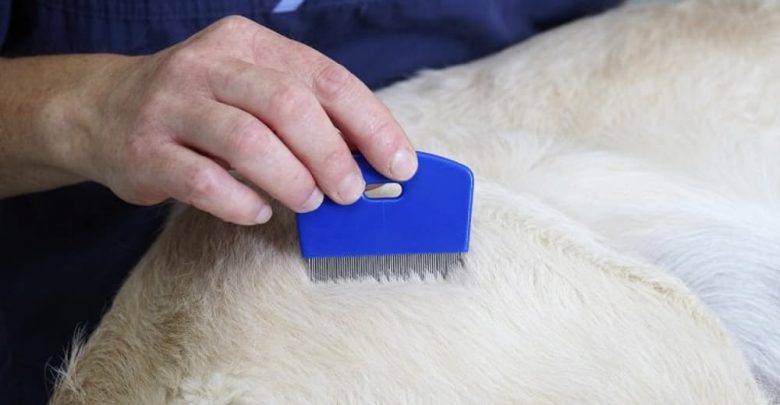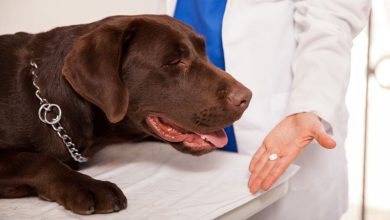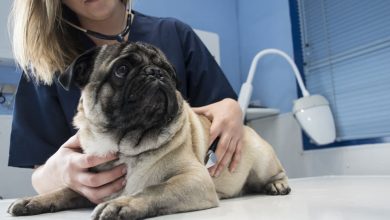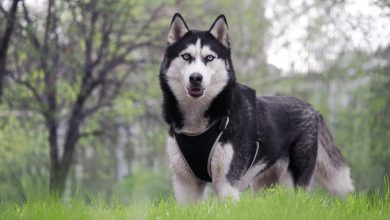What Do Dog Fleas Look Like To The Human Eye

As a dog owner, it is essential to be aware of pests that can affect your furry friend. Fleas are one of the most common parasites that can be found on dogs. These tiny insects can cause severe discomfort and even lead to more severe health issues if left untreated. In this article, we will explore what dog fleas look like to the human eye and how to identify them.
What Are Dog Fleas?
Dog fleas are small, wingless insects that feed on the blood of dogs and other animals. They are typically brown in color and range in size from 1 to 3 millimeters. Fleas have a hard exoskeleton that protects their body from damage, and they are incredibly agile, allowing them to move quickly through the fur of their host.
Fleas are not only a problem for dogs; they can also infest cats, rabbits, and other animals. They can also bite humans, causing itchy red bumps and skin irritation.
What Do Dog Fleas Look Like to the Human Eye?
Dog fleas are tiny, and they can be challenging to spot with the naked eye. However, they are visible to the human eye, and with a little bit of effort, you can identify them.
Adult fleas are brownish-black in color and have a flat, narrow body that is about the size of a sesame seed. They have six long legs that are designed for jumping, allowing them to move quickly and efficiently through fur. Fleas also have a distinctive head shape, with long antennae and powerful jaws that are used to pierce the skin of their host and feed on their blood.
Flea eggs are tiny, white, and oval-shaped. They are usually found in clusters in the fur of the host, and they can be challenging to spot without a magnifying glass.
Flea larvae are white, worm-like creatures that are about 2-5 millimeters long. They feed on organic matter, including flea dirt (the feces of adult fleas) and other debris found in the fur of the host.
How to Identify Dog Fleas
One of the most common signs of a flea infestation is excessive scratching or biting by your dog. Fleas cause intense itching and irritation, and dogs will often scratch or bite themselves in an attempt to relieve the discomfort.
Another way to identify fleas is to look for flea dirt in your dog’s fur. Flea dirt is the feces of adult fleas, and it looks like tiny black specks. You can check for flea dirt by running a fine-toothed comb through your dog’s fur and examining the comb for black specks.
To confirm the presence of fleas, you can also use a flea comb, which is a fine-toothed comb designed to catch fleas and their eggs. Run the comb through your dog’s fur, paying close attention to the areas around the ears, tail, and belly. If you see tiny brownish-black insects or white oval-shaped eggs on the comb, you have confirmed the presence of fleas.
Preventing Flea Infestations
Preventing flea infestations is essential for the health and well-being of your dog. Here are some tips to help prevent fleas from infesting your furry friend:
Use a flea preventive
There are several flea preventives available, including topical treatments, collars, and oral medications. Talk to your veterinarian to determine the best flea preventive for your dog.
Keep your home clean
Fleas can lay eggs in carpets, bedding, and furniture, so it’s essential to keep your home clean and vacuum regularly.
Wash your dog’s bedding
Wash your dog’s bedding in hot water and dry it on high heat to kill any fleas or flea eggs.
Treat your yard
Fleas can live in your yard, so it’s essential to treat your yard with a flea control product to prevent infestations.
Conclusion
Dog fleas are a common problem that can cause significant discomfort for both dogs and humans. Knowing what dog fleas look like to the human eye and how to identify them is essential for preventing and treating flea infestations. By taking preventive measures and keeping your dog clean and healthy, you can help ensure that your furry friend remains flea-free. If you suspect that your dog has a flea infestation, consult with your veterinarian for a proper diagnosis and treatment plan.




